SKL is reader supported. When you buy through links on our site, we may earn affiliate commission. Learn more here.
Are you interested in cloth diapering your little one? Looking to save all those disposable diapers from the landfill and tackle the cloth diaper routine to save money and resources?
If you’re new to cloth diapers, we have got you covered with this full guide to cloth diapering from a mother of twins plus one! Our family journey (and let me tell you, it was quite the journey) to minimalism all started with cloth diapers.
We were dead set on getting rid of disposable diapers once and for all, but I was scared of the stress and work that cloth diapers would bring to my life.
End Result: We love our cloth diapers (and are now using them for our third baby)! I am thrilled to share this full guide to cloth diapering with you all today.
P.S. Don’t forget to check out our 15 Best Cloth Diaper Brands Made Of Non Toxic & Trusted Materials | 2024 Reviewed and also our full list of the 17 Best Organic Diapers Of 2024 | Natural, Safe & Non Toxic.
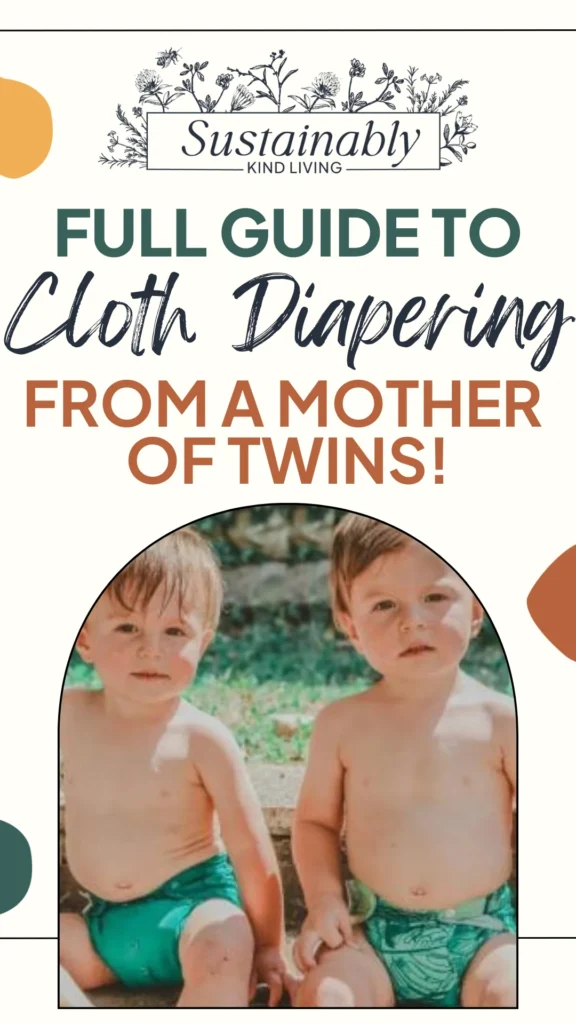
What are the benefits of cloth diapering?
Cloth diapering saves money
Using cloth diapers will save you approximately $1000+ per CHILD. The upfront investment is well worth the cost savings.
Also, you will only need to buy once if you have singleton children. In my case, I had to purchase more upfront (with twins) but was able to make the money right back when I sold them back to the cloth diapering secondhand community after our cloth diapering journey came to an end.
The first year, the cost savings are approximately $600 USD and then it just continues to increase as time goes by.
My children used cloth diapers until age 3 when they were fully potty-trained. Three solid years of diapering two little ones is a LOT of diapers and a heck of a lot of savings. We were also able to use our cloth diapers for swimming and nighttime potty training support.
Cloth Diapers help keep disposable diapers out of the landfill
18 billion diapers are thrown into U.S. landfills every year. One adorable baby is responsible for over 5000 diapers in their lifetime. A single-use disposable diaper takes 200–300 years to biodegrade.
The health benefits of cloth diapering
According to the Real Diaper Association (RDA), disposable diapers contain harsh chemicals such as…
- Sodium Polyacrylate: Found in the fluff layer of the disposable diaper, turns your baby’s urine into a gel; it can absorb 100 times its weight in liquid. Sodium Polyacrylate has also been linked to Toxic Shock Syndrome in tampon use and has been associated with severe diaper rash.
- Dioxin: One of the most poisonous and carcinogenic substances produced on earth, has been associated with birth defects, miscarriage, cancer, and genetic damage. Dioxin is banned in most countries, but not in the United States.
- Tributyltin (TBT): A controversial chemical compound. A study by Greenpeace confirmed TBT in major name-brand disposable diapers. Greenpeace found that TBT causes hormonal problems in animals and humans, and they are demanding a worldwide ban.
Cloth diapers have come a LONG way!
Long gone are the days of safety pins and rubber/vinyl pants. Cloth diapers are a one-stop-shop made with Velcro and snaps, and materials such as wool, nylon, or polyurethane laminate. The diapers are fitted with elastic, which makes them fit like a glove and prevents leaks!
The diapers are comprised of a waterproof outer layer and an inner layer of fleece, suede cloth, or organic cotton (these are important things to consider when choosing your cloth diaper! We love organic cotton). The layers are sewn together and have an opening where you place the diaper insert of your choice.
Cloth diapering has been known to help with potty training
Disposable diapers, unless left on for far longer than the recommended time, keep the baby completely dry.
The moisture is sucked away, and the child rarely feels the discomfort of the wetness. Now…if you think about it, what incentive does your child have to begin using a potty if they feel dry all the time?
Cloth diapers allow the child to feel what is happening and communicate with us. At about 11 months old, my children would point to their diapers for changing, and now at 18 months old, they come right up to me for a diaper change (rather demanding as well! haha).
Cloth diapers clear up diaper rashes
Before the 1950s (when cloth diapers were number 1), only 7 percent of babies had diaper rash. Nowadays, the number is at about 50% or more.
Cloth diapers are changed more frequently, have zero harmful chemicals, and allow your child’s bum to breathe.
My eldest son, Alessandro, had a horrible rash from using disposable diapers. Once we made the switch, the diaper rash never came back again!
Cloth diapers keep their resale value
We purchased 15 of our 30 cloth diapers USED and for a pretty good price. Highly recommend joining Facebook cloth diapering groups to find some secondhand diapers for your journey!
Cloth diaper inserts can be upcycled into so many things!
The inserts that we love are absolutely amazing. I purchased a few too many and used the extras for that time of the month.
Yes… I just said that… I use the inserts as my own reusable pads. No shame over here – the best pads I have ever used in my life!
How do cloth diapers work?
Cloth diapers are made of layers of absorbent material. The type of material varies based on the diaper style but often includes natural fibers like cotton, hemp, or bamboo. Some diapers also incorporate synthetic materials for enhanced absorbency.
The inner layer of the cloth diaper is the part that comes in direct contact with the baby’s skin. It is designed to wick moisture away from the baby, keeping them dry and preventing diaper rash. Also, many modern cloth diapers have a stay-dry lining to enhance this effect.
To prevent leaks, most cloth diapers have a waterproof outer layer. This layer is often made of polyurethane laminate (PUL) or another waterproof material. It acts as a barrier to contain moisture within the diaper.
What’s more, some types of cloth diapers, such as pocket diapers, all-in-one diapers, or all-in-two diapers, come with removable inserts or soakers. These are the absorbent layers that you place inside the diaper to capture and contain liquids.
When should I start using cloth diapers?
You can start using cloth diapers for your baby from the newborn stage, as many cloth diaper brands offer options specifically designed for infants.
Many modern cloth diapers come in “one-size” options with adjustable snaps or elastic settings, allowing them to grow with your baby. These diapers are designed to fit from infancy through the toddler years, making them a cost-effective choice.
Note: Consider starting with a trial period where you use cloth diapers part-time to get accustomed to the routine. This way, you’ll be able to evaluate how well cloth diapers fit into your lifestyle before fully committing.
How easy is cloth diapering?
Cloth diapering can be relatively easy once you become accustomed to the routine and find a system that works for you and your baby.
However, like any new skill, there might be a learning curve in the beginning.
Developing a washing routine is a crucial aspect of cloth diapering. Understanding how to properly clean and care for your cloth diapers, including handling solid waste and using cloth diaper-friendly detergents, is essential for success.
Once you establish a routine, it becomes a regular part of your diapering process.
How do cloth diapers work with poop?
Dealing with poop is an inevitable part of diapering, whether you’re using cloth or disposable diapers. Cloth diapers, however, require a slightly different approach when it comes to handling and cleaning up after a bowel movement.
Some parents use diaper liners made of either disposable or reusable material. These liners are placed inside the diaper and catch the majority of the solid waste. Disposable liners can be flushed down the toilet along with the solid waste, while reusable liners can be rinsed and washed.
For diapers without liners or if you prefer not to use liners, you may need to rinse off solid waste into the toilet before washing the diaper. You can do this by holding the diaper over the toilet and using a diaper sprayer or a handheld bidet to rinse away the poop.
How many cloth diapers do I need?
The number of cloth diapers you’ll need depends on various factors, including your baby’s age, how often you plan to do laundry and the type of cloth diapers you’re using.
Newborns typically go through more diaper changes than older babies, often requiring 10-12 diaper changes per day.
As your baby gets older, the frequency of diaper changes might decrease to around 8-10 changes per day.
Toddlers generally need fewer diaper changes than infants, averaging around 6-8 changes per day. A stash of 15-20 diapers may be adequate for toddlers.
It’s a good idea to start with a smaller number of diapers initially and then adjust based on your preferences and baby’s needs.
Many parents find that having a variety of styles and brands in their stash allows them to adapt to different situations. For my personal stash, I had 35 cloth diapers for my twins and, seven years later, I used 25 for my singleton baby. This worked great for me!
How long do cloth diapers last?
While some cloth diapers may last through multiple children, others may show signs of wear after a couple of years. It’s common for cloth diapers to last at least two years with proper care (but they should last much longer).
Many families use cloth diapers for the entirety of their child’s diapering years, especially if the diapers are well-maintained and of high quality. For my personal cloth diaper journey, I was able to source all of my twin son’s cloth diapers second hand and these lasted through all three years of their cloth diapering adventure plus we sold them to another family after!
What are the different types of cloth diapers?
All-in-One Diapers
All-in-One (AIO) diapers are designed for convenience, as they consist of a waterproof outer layer and an absorbent inner layer sewn together.
This makes them easy to use, similar to disposable diapers. AIOs are perfect for parents looking for simplicity and a diapering option that closely resembles the ease of disposables.
All-in-Two Diapers
All-in-Two (AI2) diapers consist of separate absorbent inserts and a waterproof cover. The design allows for flexibility, as you can change only the insert during diaper changes if the cover remains dry.
Plus, they are a cost-effective option and provide customizable absorbency.
Pocket Diapers
As the name suggests, pocket diapers have a pocket opening that allows you to insert absorbent inserts or prefolds.
The pocket design keeps the inserts in place, and you can adjust the level of absorbency by adding or removing inserts based on your baby’s needs.
Fitted Diapers
Fitted diapers are contoured diapers that have elastic around the legs and waist for a snug fit. They require a separate waterproof cover.
These cloth diapers are excellent for containing messes and are a popular choice for nighttime use.
Prefold Diapers
Prefold diapers are rectangular pieces of fabric divided into three sections. They require folding and fastening with a diaper cover.
Prefolds are a cost-effective option and are versatile in terms of folding techniques.
Flat Diapers
Flat diapers are large, single-layer squares of fabric that require folding into the desired shape and fastening with pins or a diaper cover.
They are the most traditional and economical type of cloth diaper.
How to choose the right cloth diaper for your baby?
Lifestyle
Consider your daily routine and lifestyle. If you’re a busy parent looking for convenience, all-in-one or pocket diapers might be a good choice.
On the other hand, if you prefer a more customizable and cost-effective option, prefolds or fitted diapers with covers might be suitable.
Consider Absorbency Needs
Take into account your baby’s age, size, and specific needs for absorbency.
Newborns and younger babies may require less absorbency, while older babies and toddlers might need more.
Diapers with adjustable inserts or the ability to add extra layers (like pockets or all-in-twos) offer flexibility to meet changing absorbency needs.
Ease Of Use
Evaluate your comfort level with different diapering systems. If simplicity is a priority, you may lean towards all-in-one or pocket diapers.
If you don’t mind a two-piece system and want to customize absorbency, all-in-twos, fitted diapers, or prefolds with covers may be suitable.
Budget
Last but not least, evaluate your budget for cloth diapering. Some types of cloth diapers, such as pre-folds and flats, are more budget-friendly, while others like all-in-one diapers may be a bit pricier.
Keep in mind that cloth diapers are a long-term investment, and the initial cost can be offset by the savings compared to disposable diapers over time.
How do you wash cloth diapers?
- Rinsing is the first step to washing your cloth diapers. If soiled, use a toilet hose first and rinse off in the toilet. Add no more than 12 diapers to the washing machine and run through a pre-rinse in cold water with no detergent.
- Use the regular hot water cycle option and pair it with a trusted detergent (see below for our take on detergents!). Be VERY careful about detergents – the wrong one could destroy your cloth diaper and cause leaks and smells.
- Hang dry (hammock style) or toss in your dryer! If using a Velcro cloth diaper (I love them!), be sure to use a low tumble dry or hang dry.
Do I need to use vinegar with cloth diapers?
What about Vinegar? And what is “stripping”?
- Vinegar is a magical tool in the laundry that gets rid of yellow stains, softens materials, stops static cleaning and it also attacks mildew and mold!
- Add vinegar to the final wash of your cloth diapers cycle to “strip” them. You want to strip your diapers if they start to smell of ammonia OR if the diaper is leaking (build-up can cause the diaper to lose the absorbency). This is quite normal and just means that you need to strip away some build-up with good old vinegar.
- In order to strip your diapers, you want to wash them in hot water (no detergent), and rinse 2-3 more times in the rinse cycle. After the last rinse with just water, rinse AGAIN with 1 cup of white vinegar. Hang dry or toss in the dryer.
- Hard water, if your water is hard, try just 1 tbsp of vinegar for the rinse. Test this out and see how it goes. Add a little bit more if needed.
Recommended Items To Start The Cloth Diaper Journey:
1. The Cloth Diapers
Choosing a well-made and trusted cloth diaper is key to success.
I researched for hours and hours before finally deciding on the Ecoriginals brand with my third and BumGenius for my twin sons.
I was able to snag 15 cloth diapers for $100 on a Facebook cloth diaper group (retail about $350) with my twins! For my third born, I purchased Ecoriginals new (they are my favorite) and plan to gift them to friends after we have finished using them.
Purchasing cloth diapers used will always give you the best deal, but you can also purchase cloth diapers online and feel comfortable knowing you can sell them back when you’re done (or use them over and over with more kiddos).
SKL Cloth Diaper Recommendations:
P.S. If you’re looking for more cloth diaper options, don’t forget to check out the 15 Best Cloth Diaper Brands Made Of Non Toxic & Trusted Materials!
2. Cloth Diaper Inserts
The next step is to find very high-quality inserts.
These will simply go inside the diaper of choice and hold most of the moisture.
We recommend choosing organic cotton or hemp inserts for the best absorbency.
I really enjoy the ecoriginals cloth diapers because I didn’t need to purchase a bunch of extra inserts like I did with my first two children!
SKL Cloth Diaper Insert Recommendations:
3. Cloth Diaper Liners
Your child will not need these until they are off the breast milk and onto solid foods (about 6 months and up).
If your baby is formula-fed, you will need these right away. Curious why? When breastfed babies poo, their waste is water-soluble! No need to rinse at all.
However, when the baby drinks formula or is ready to eat solid food, the poop must be rinsed. And these liners are a lifesaver!
These liners catch the waste and then you simply lift off the diaper and flush it into the toilet!
SKL Cloth Diaper Liner Recommendations:
4. Reusable Wipes/Compostable Wipes
These little guys work wonders.
For the first 4 to 5 months I used old cut-up T-shirts and towels with water (which is absolutely fine!), but I was gifted these by a dear friend and fell in love.
Simply add water and you have a baby wipe instantly!
These are reusable and can be used for so many things.
I keep a few in my bag, a few in the car, and a few in the first aid kit just in case.
SKL Wipe Recommendations:
5. Wet Bag
These are wonderful for holding dirty diapers and not having to worry about leaking or smell.
I keep one of these bags in my stroller at all times and also have one in the nursery for busy days.
Also great for when friends/babysitters have to change the baby – I wouldn’t expect anyone else to want to deal with all of that without experience.
SKL Wet Bag Recommendations:
6. Hose Attachment
This is something that you may not NEED but you will kick yourself for not getting it. I promise you.
While the liners pick up most of the waste, sometimes you have a sick baby on your hands and it is just a mess, am I right?
This hose connects to your toilet and rinses of the diaper, straight into the toilet, without any work in between!
Plus, you get your very own handheld bidet!
Best Laundry Detergents For Cloth Diapers
For further reading on the best natural and low-waste laundry detergents, check out our full guide to the best eco-friendly laundry detergents on the market!
When home laundering cloth diapers, it’s very important to select detergents that are free of enzymes, brighteners, dyes, softeners, bleach, and synthetic fragrances.
1. Hello Bello
Hello Bello, a top organic laundry detergent for cloth diapers, harvests the strength of organic soap berries and botanical extracts in its plant-based formula.
Tough on stains, and gentle on fabrics, it’s an ideal choice for busy parents.
Specifically formulated for babies, this hypoallergenic, USDA-certified organic detergent comes in a 100% recyclable bottle made with 50% sustainable sugarcane resin.
Price: $11.99 (80 Wash Loads)
Ethics: USDA Certified Organic, 100% recyclable bottle, made with 50% sustainable sugarcane resin, vegan, cruelty-free
Location/Shipping: United States, ships to Canada
2. Molly’s Suds
Formulated with earth and plant-derived ingredients, Molly’s Suds baby laundry detergent powder is extra gentle for newborns, babies, and toddlers.
1 tablespoon-sized scoop of baby laundry powder deep cleans and gently deodorizes 1 load of clothes.
Naturally made with safe, simple ingredients. No dyes or artificial fragrances.
Hypoallergenic and gentle on your newborn’s skin and the environment.
Price: $24.99 (120 Wash Loads)
Ethics: Leaping Bunny Certified, vegan, hypoallergenic, made from 7-8 earth-derived ingredients
Location/Shipping: United States
3. Charlie’s Soap
This is a non-toxic biodegradable soap that gets rid of dirt and odors beautifully.
Charlie’s Soap is great for cloth diapers, people with sensitive skin and allergies, and children’s clothing.
You only need 1 tablespoon per load, and it is available in 80 or 1000-load containers.
Price: From $13.99 (50 Wash Loads)
Ethics: Green ingredients, no animal testing, hypoallergenic
Location/Shipping: United States
4. Esembly
The Esembly cloth diaper laundry powder is specially formulated by diaper laundering experts!!
Great for everything from cloth diapers to workout clothes and even pet beds.
Clean-rinsing, mineral-based formula is pH balanced, biodegradable, and free of all the nasty junk like fragrance, dye, fabric softeners, parabens, optical brighteners, phosphates, and SLS/SLES.
Price: $23.50 (48 scoops/3 scoops per load)
Ethics: Free of fragrance, dye, parabens, optical brighteners, phosphates & SLS/SLES, 100% recycled plastics, made in the USA
Location/Shipping: United States
5. Rockin Green
This is the detergent that you need if you have a specific type of water issue. Whether it be hard, soft, or regular.
Sometimes our detergents just do NOT work with our water! Drives me crazy, haha.
This soap is biodegradable and has a lower pH than most of its competitors, which makes it even gentler for our little ones.
Price: From $20.99+ (90 Wash Loads)
Ethics: Dermatologist tested, safe for sensitive skin, 100% vegan
Location/Shipping: United States
This was your full guide to cloth diapering!
Hopefully, this guide answered most or all of your questions and you are prepared to tackle the amazing cloth diapering lifestyle!
Always remember – you do not have to go ALL in to start. Many families do half and half with disposable diapers to begin and always keep some disposable (compostable diapers are great!) cloth diapers on hand for emergencies.
Remember, it’s your journey and you need to find what works best for your family. Best of luck!
P.s. Did I miss anything? Feel free to ask any questions below and I’ll be sure to answer them as soon as I can.
If you enjoyed this article, check out these other community favorites below!
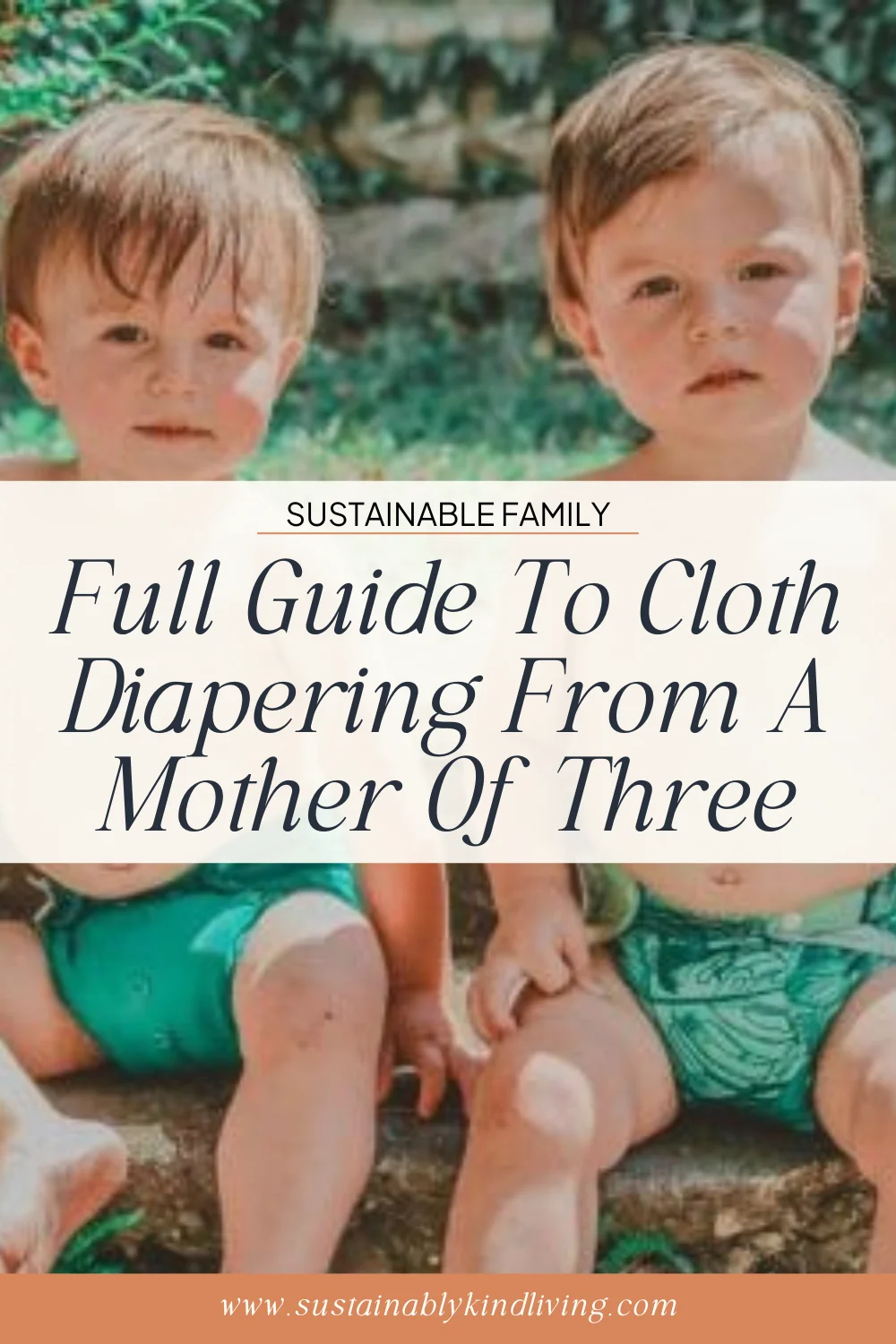
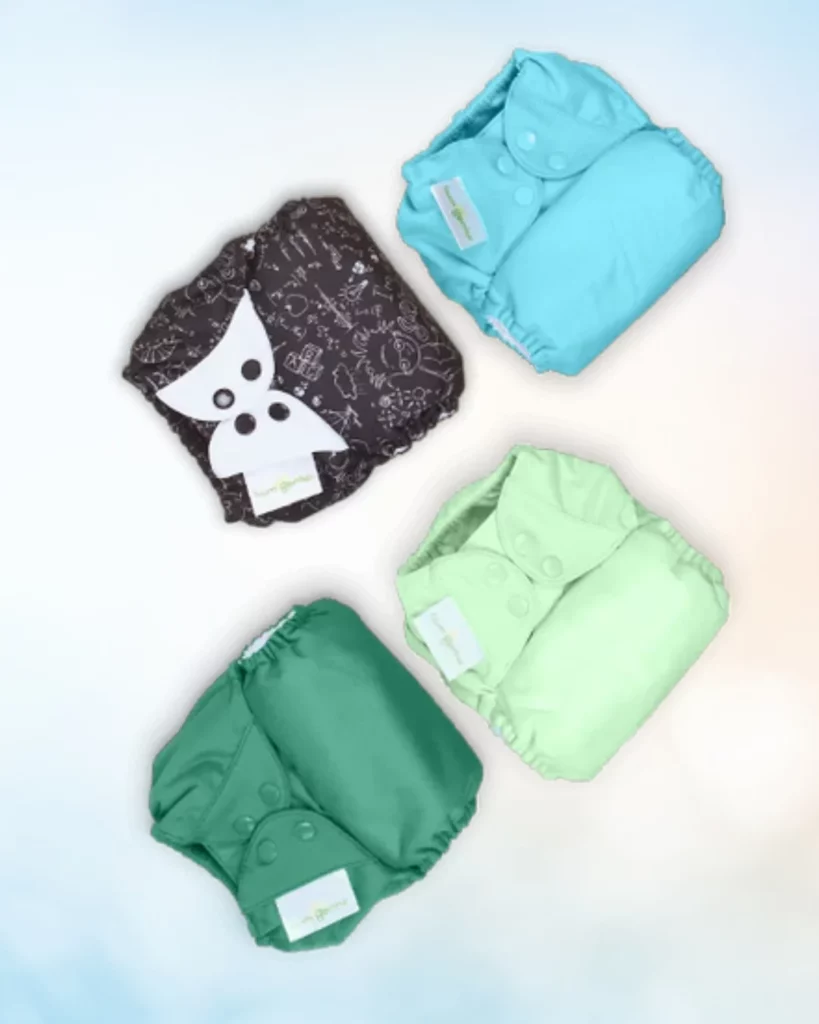

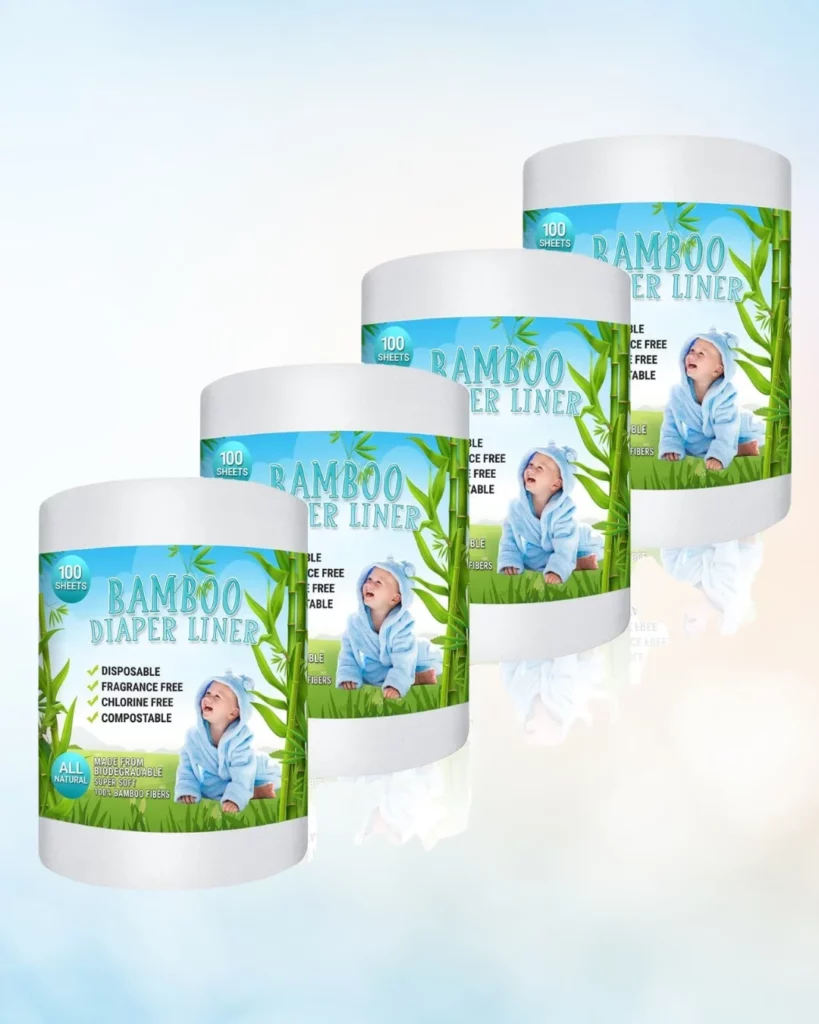
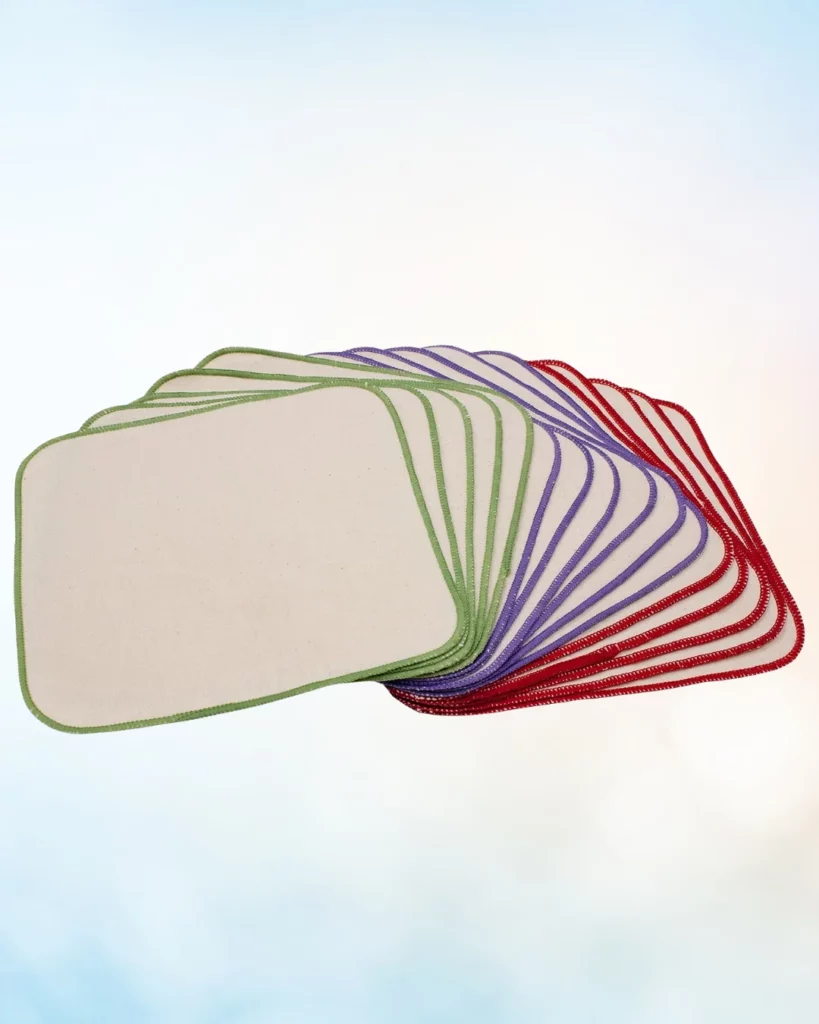
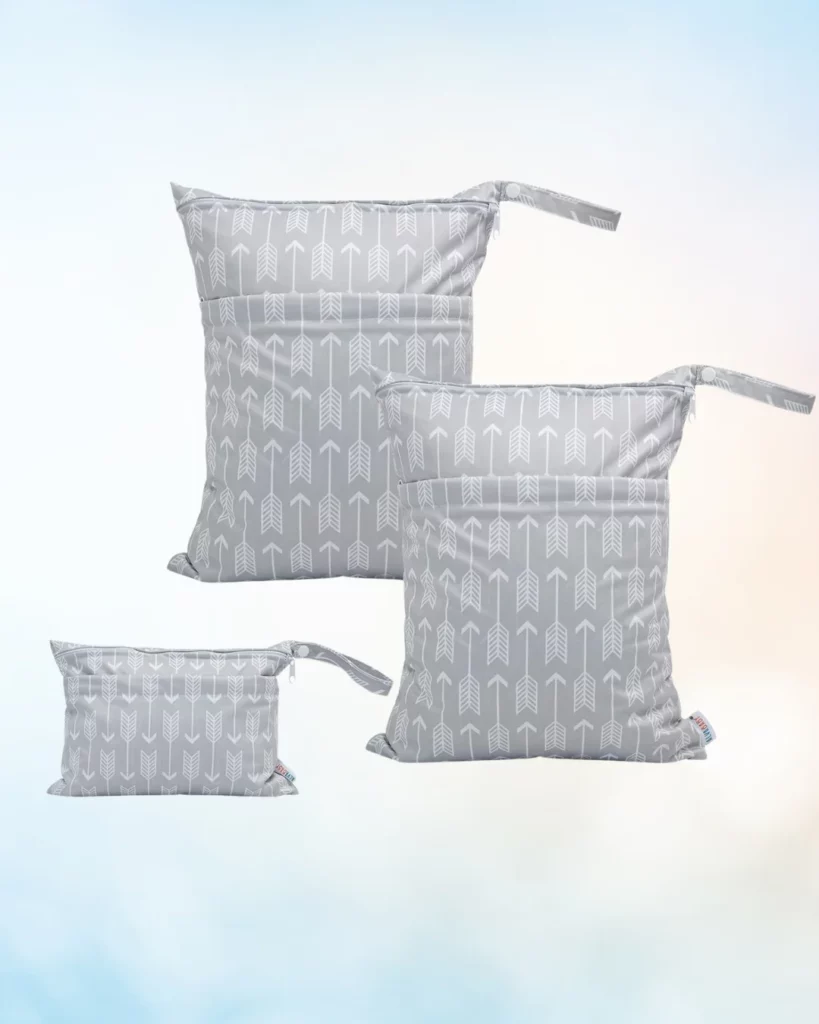

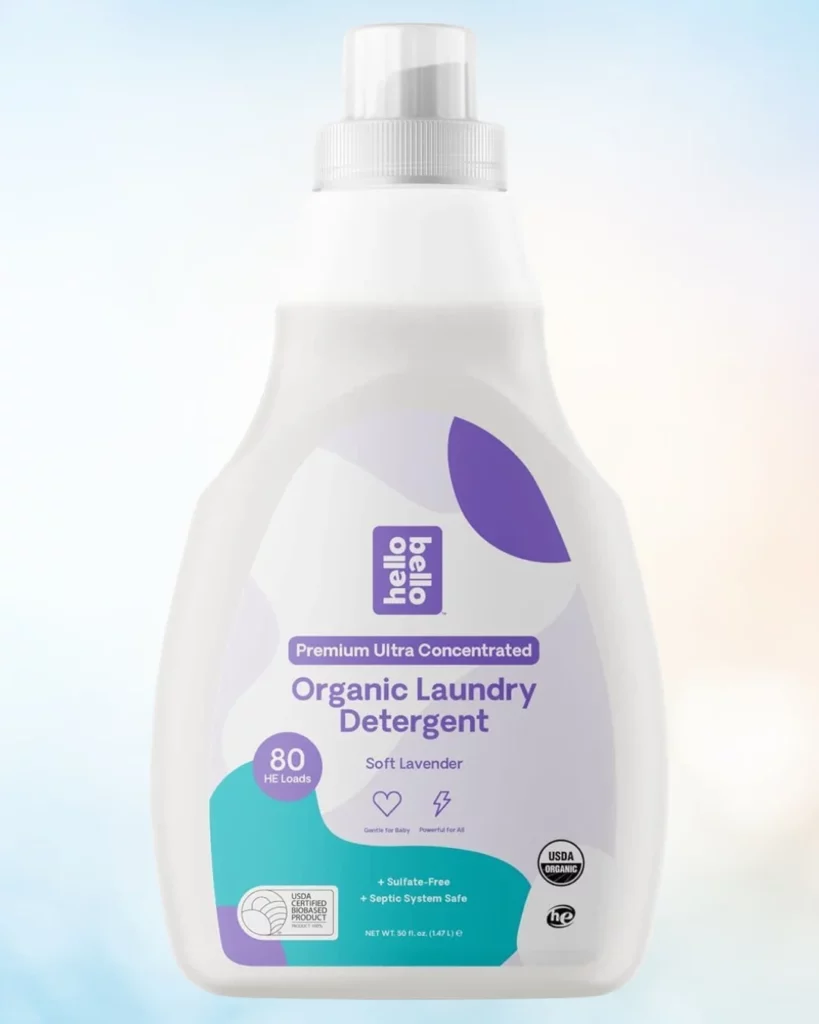
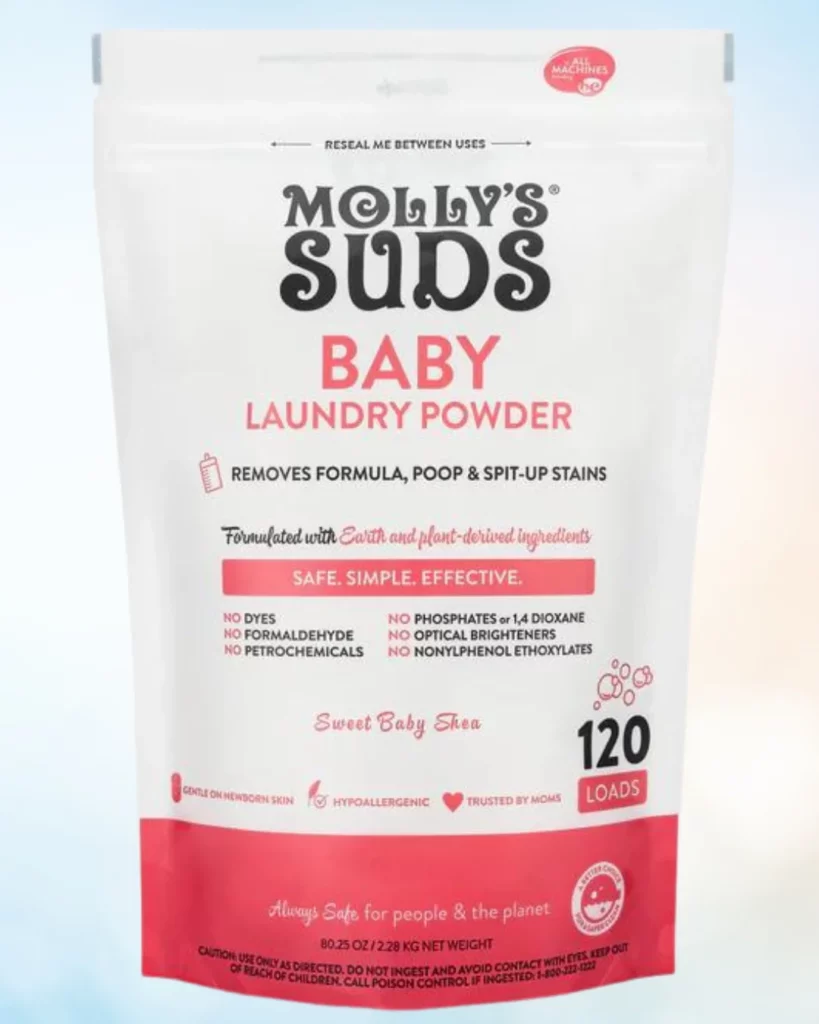
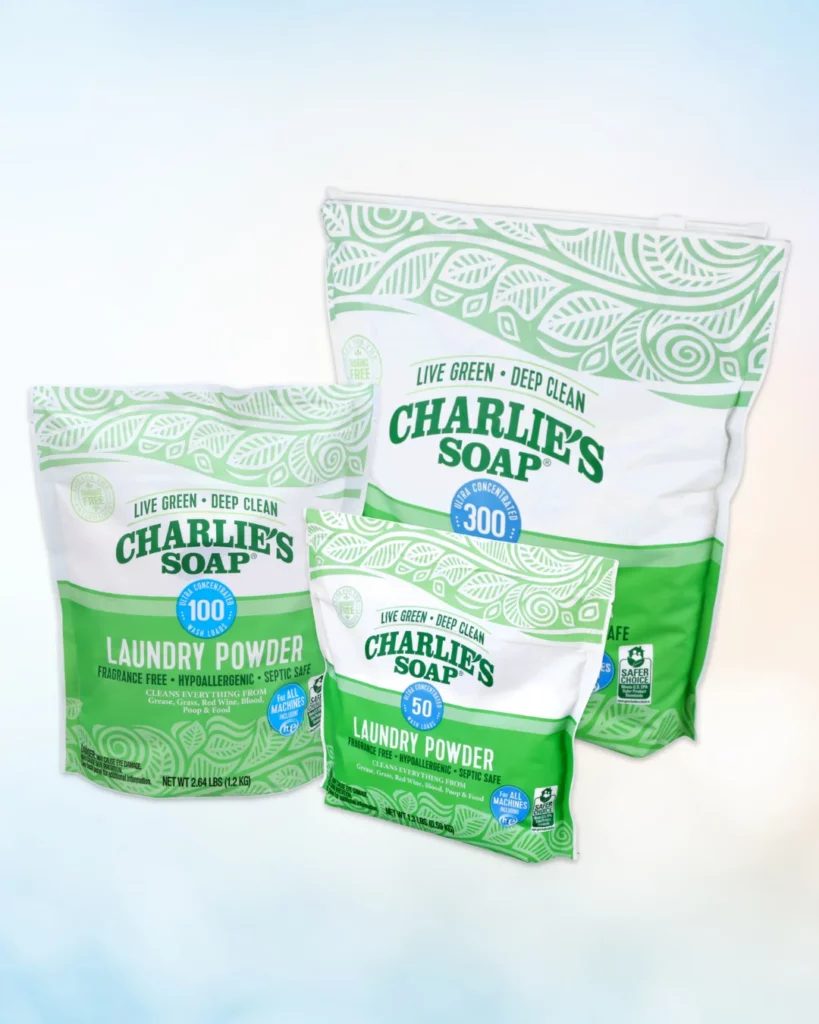
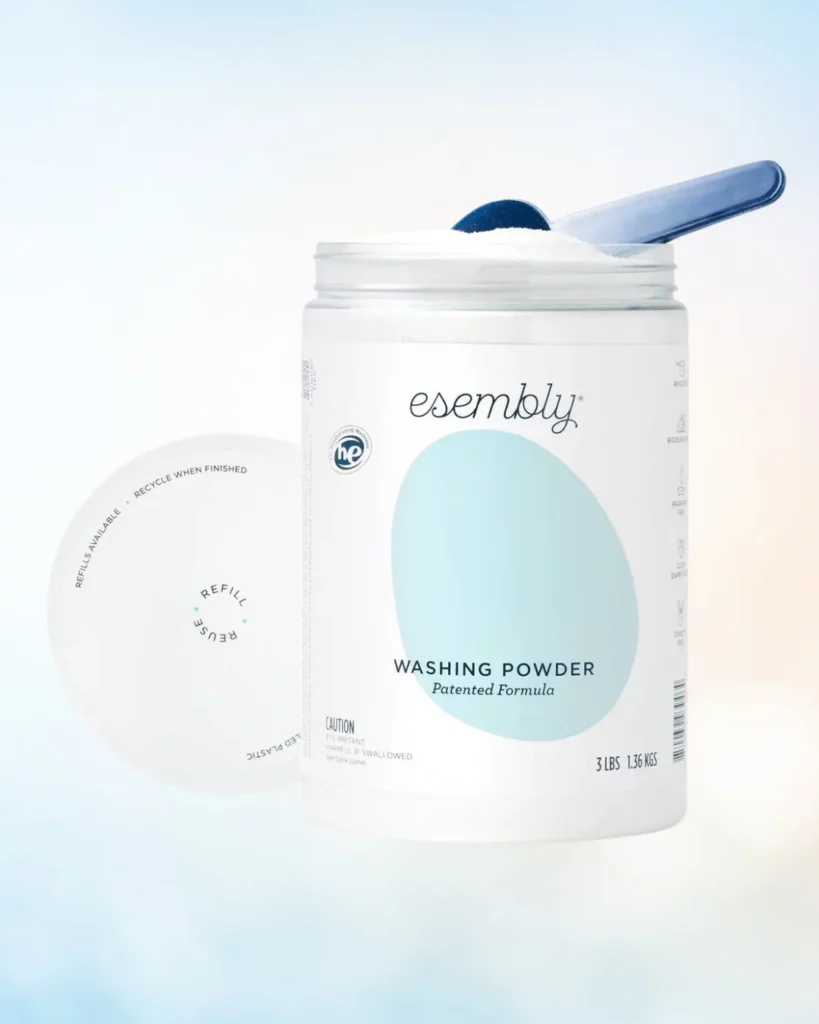
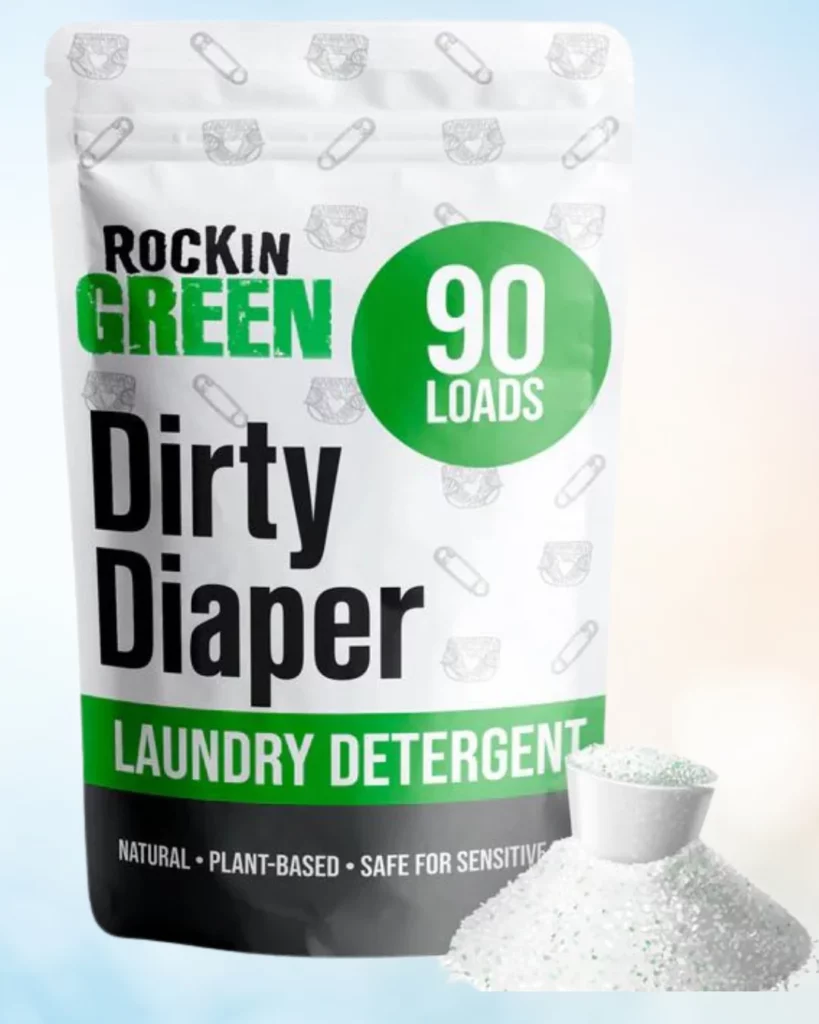
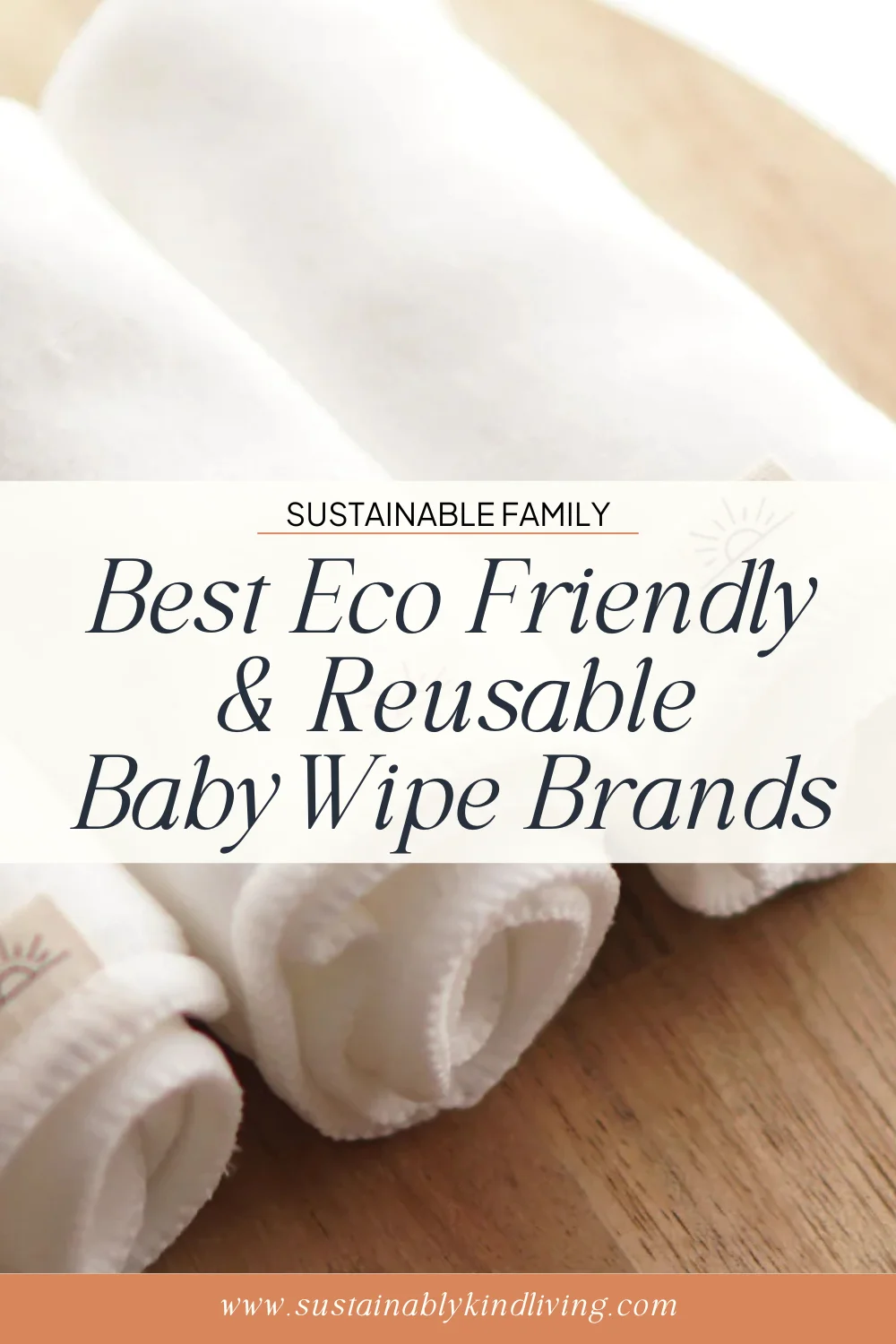

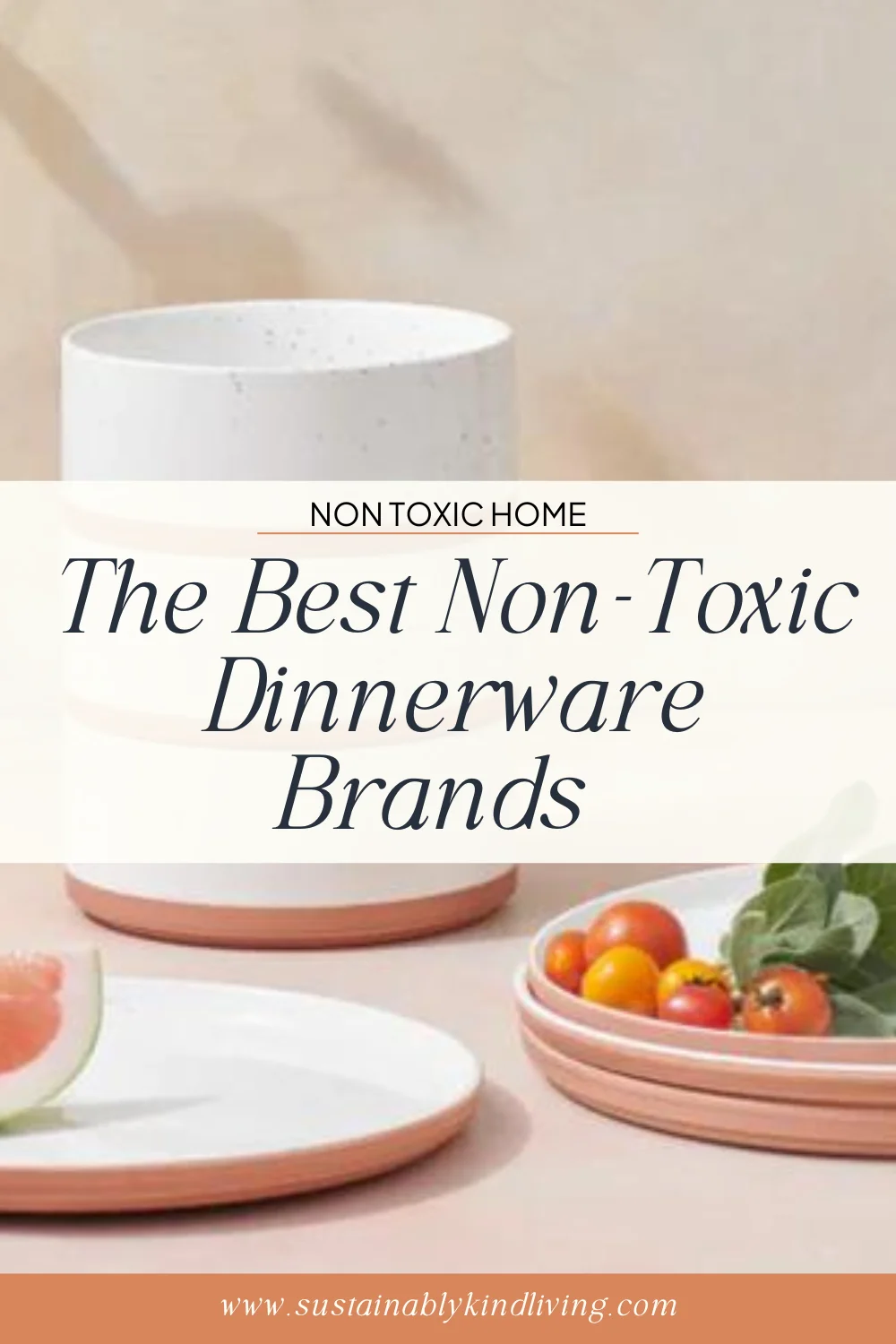
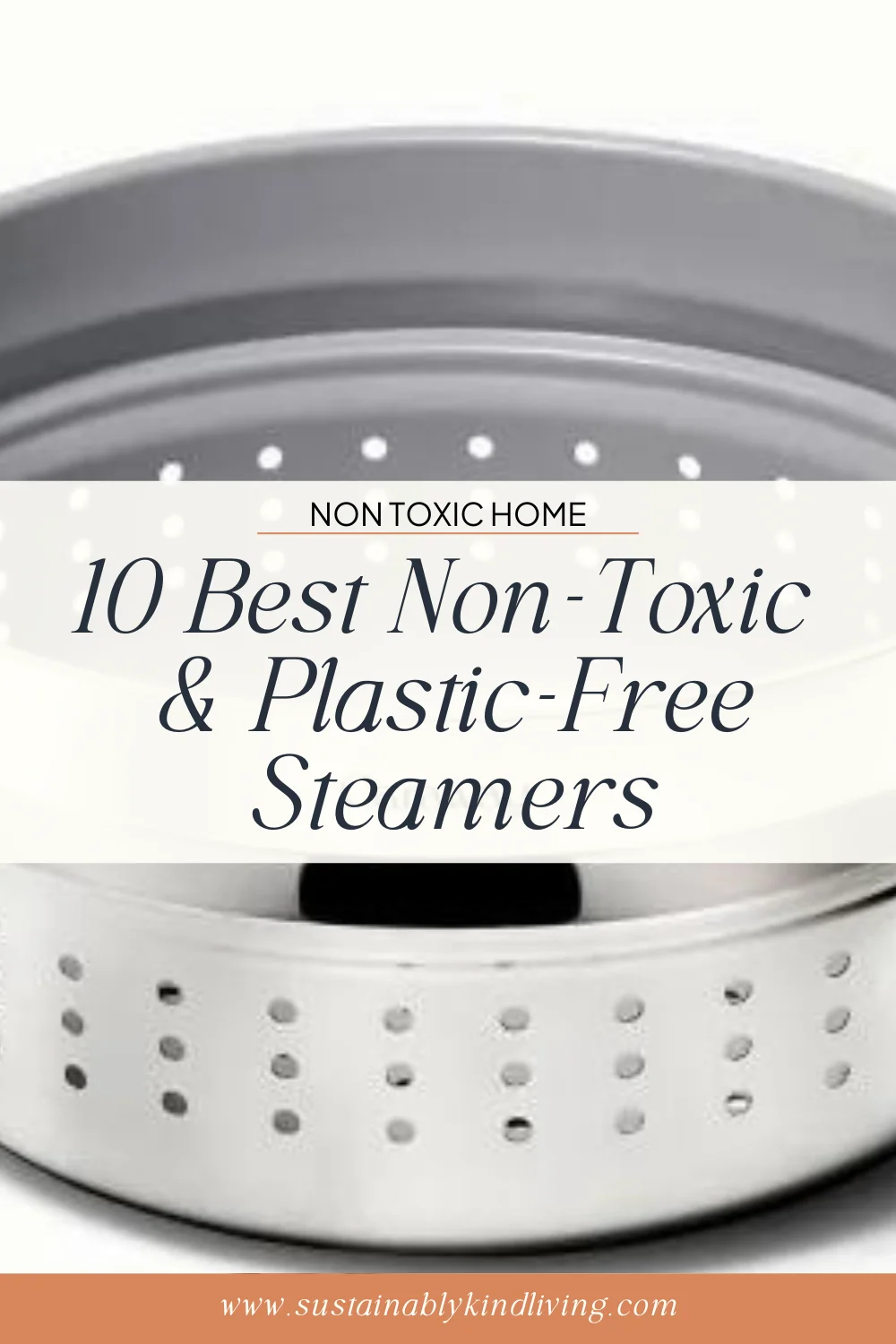
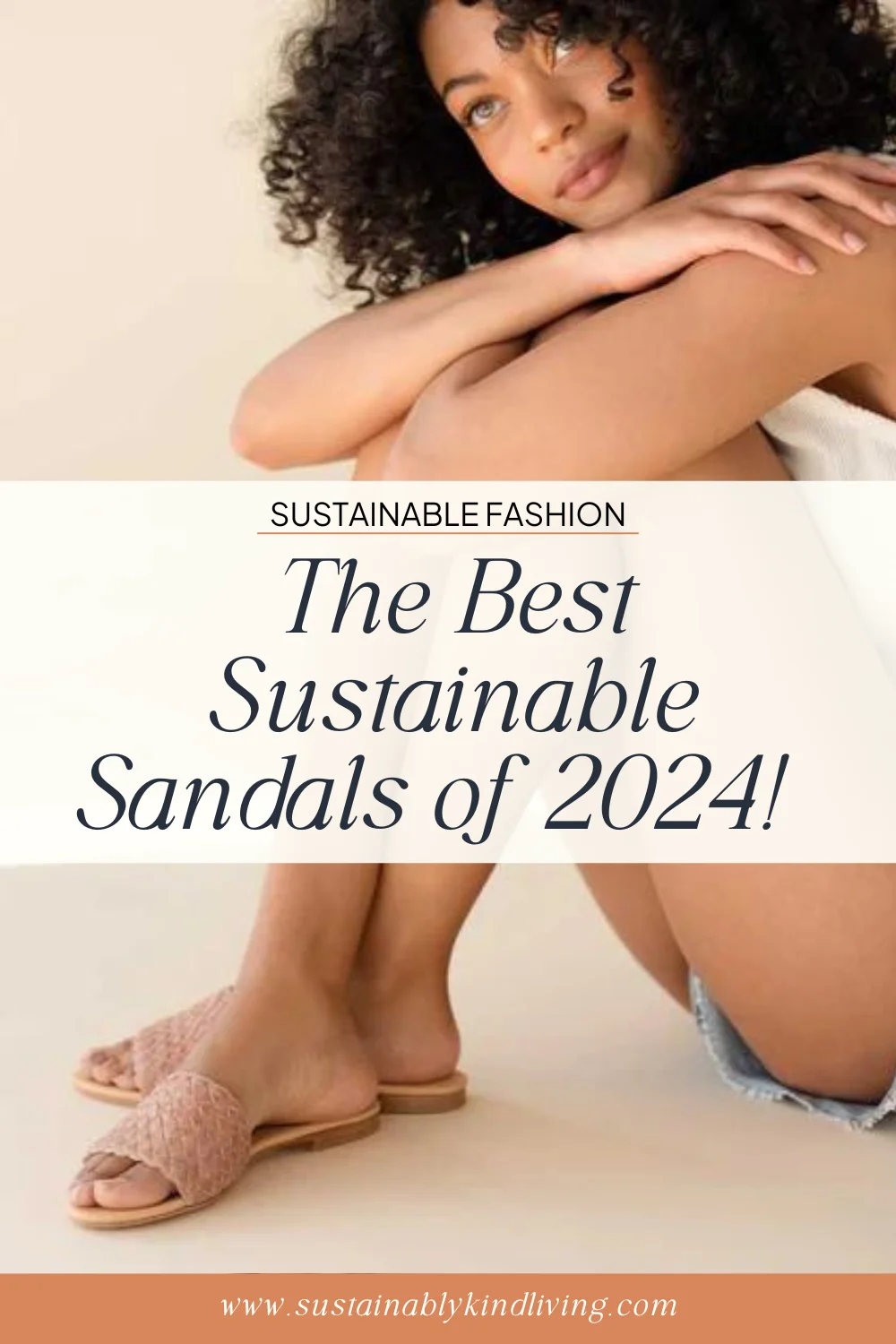
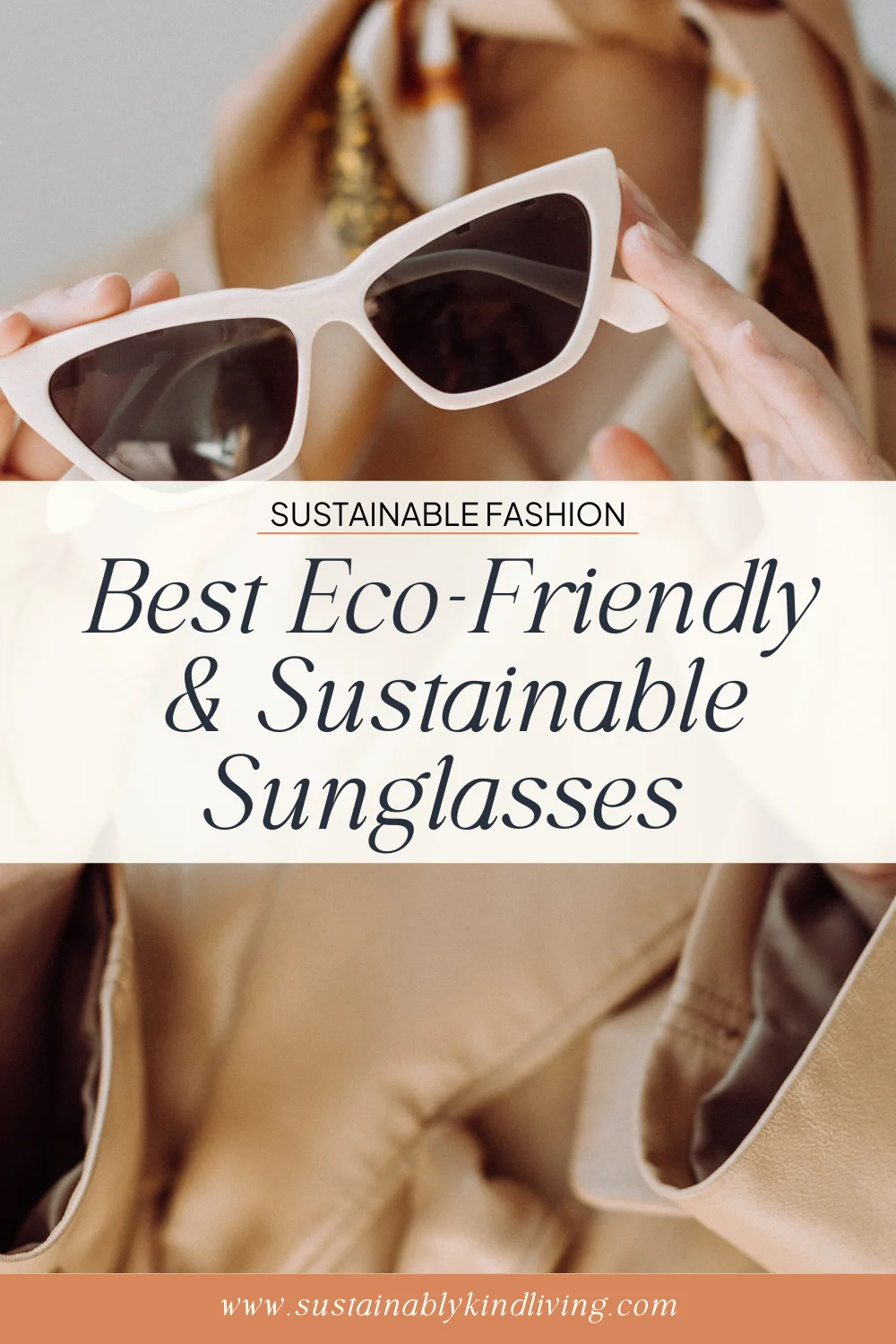

+ show Comments
- Hide Comments
add a comment